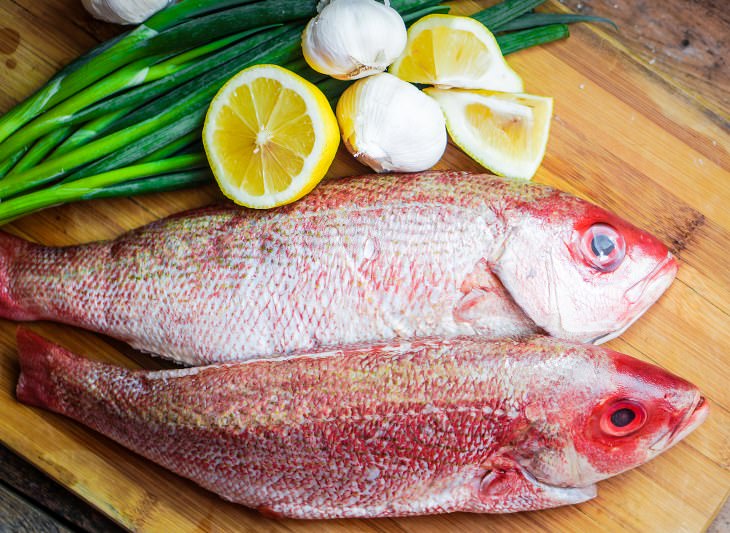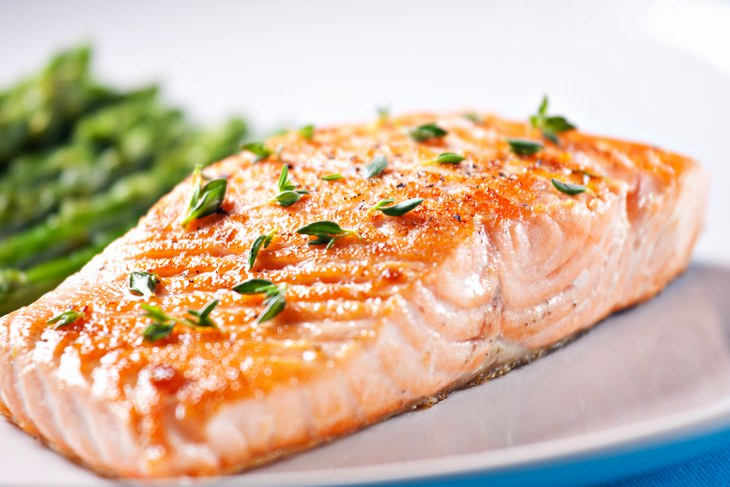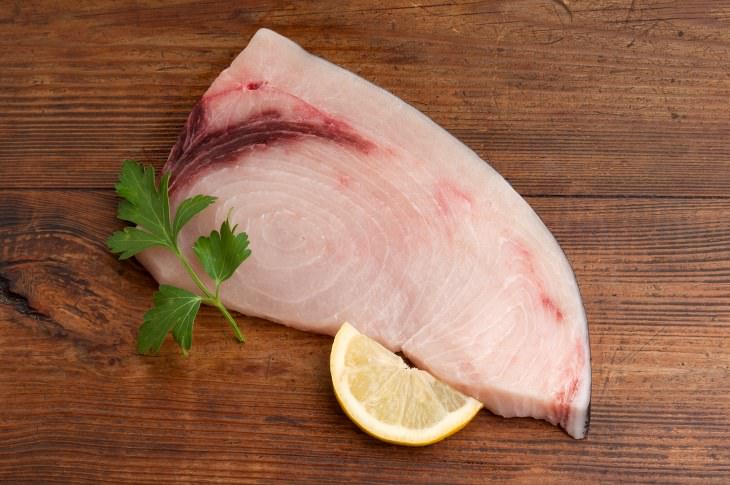1. Red Snapper
Red snapper is one of the most common victims when it comes to fish fraud. According to Lori Shmek, PhD, "Research has found that 74% of sushi places and 38% of restaurants mislabeled seafood, and snapper topped the list." What's more, the Gulf's red snapper population has recently plummeted due to overfishing, which is another reason to avoid eating it too often.
2. Tilapia
If you're eating fish to get your fair share of healthy omega-3 fatty acids, then tilapia is certainly one fish you should avoid. This is because it contains unusually low levels of omega-3, but contains a lot of omega-6 fatty acids instead. Omega-6 is something you certainly don't want inside your body, since it has been found to increase your list of heart disease and other nasty conditions. You'll be doing yourself a massive favor by switching to Rougheye Rockfish instead.
3. Yellowfin Tuna
A recent study from Scripps Institution of Oceanography at the University of California, San Diego found that yellowfin tuna caught close to industrialized areas near Europe and North America are often stuffed full of pollutants which can be up to 36 times more concentrated than tuna caught in more rural areas. Pollutants which are commonly found in yellowfin tuna include flame retardants, pesticides, and polychlorinated biphenyls (PCBs).
4. Bluefin Tuna
If you think bluefin tuna is a better choice than its yellow-finned counterpart, then you might want to think again! According to co-founder of Fishpeople, Duncan Barry, "Bluefin have become very overfished, and so we need to give this species time to recuperate." Specifically, Atlantic Bluefin tuna is an endangered species while Pacific Bluefin tuna is actually threatened with extinction. We'd recommend opting for albacore tuna belly instead, which is still very tasty and is far more sustainable.
5. Swordfish
Much like tuna, big fish like swordfish often contain high levels of mercury. This is because a swordfish is a predator and thus spends its life consuming other mercury-filled fish too. We'd recommend choosing smaller fish, such as trout, sole or sardines instead, as these tend to have much lower mercury levels.
6. Pangasius (Vietnamese Catfish)
According to Berry, pangasius is "an inexpensive white fish starting to creep up on a lot of menus in American restaurants," and that "these farmed fish produce large volumes of waste that pollutes local waters, and they often receive a lot of antibiotics." If you really need to eat this fish, we'd recommend trying to get one that's domestic-raised, since they tend to be less contaminated than catfish that's been imported.
7. Farmed Atlantic Salmon
Fish raised in farms are often found in unhygienic conditions and are given a processed high-fat feed to make them grow larger. According to Shemek, "the ish are given antibiotics to resist infections pervasive in their crowded environments along with the addition of fungicides and herbicides." She also claims that "farmed salmon has been found to contain toxic chemicals such as methylmercury and dioxins." Wild-caught salmon, on the other hand, is far better for you.
8. Atlantic Cod
According to Shemek, "the stock of Atlantic Cod is dwindling, and to preserve it, we want to stop purchasing it so the supply can be replenished." If you fancy a plate of cod, you should look for Pacific cod instead, particularly Alaskan Cod, which is far more abundant.
Don't forget to share this information with your friends and family to keep them safe!
 Go to BabaMail
Go to BabaMail




























